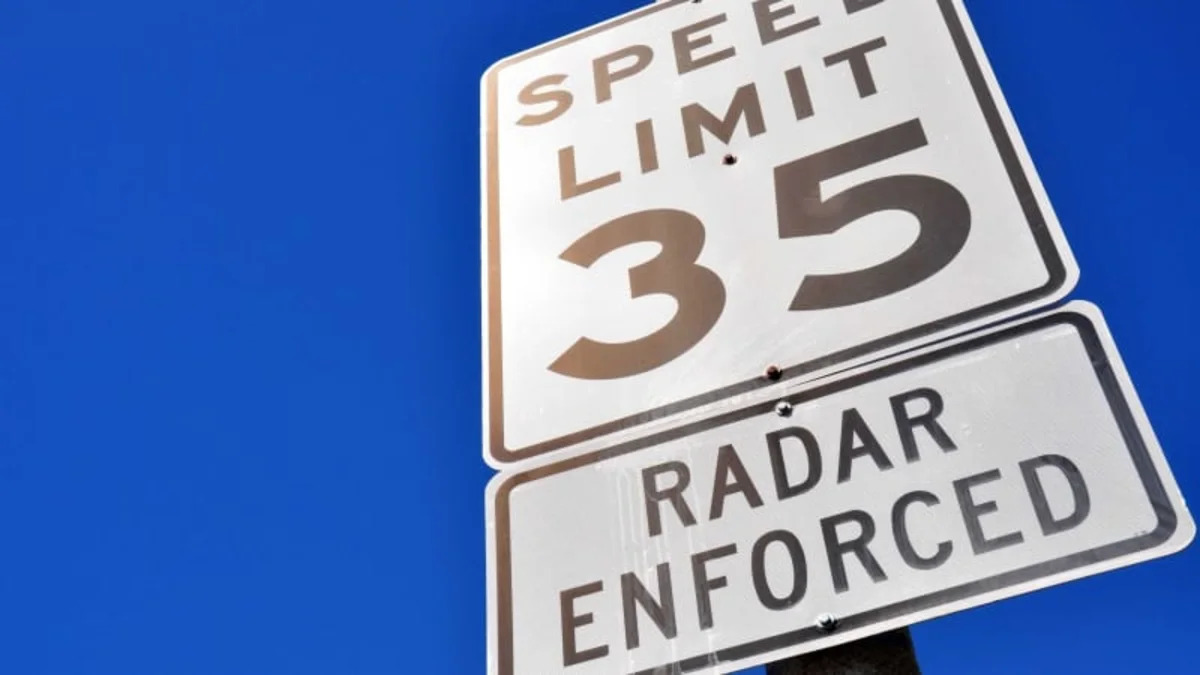While this headline may not sound like news, it's always nice to see anecdotes backed up by data. Yep, it turns out older, more mature folks are shaking their fists at us for a reason; drivers aged 39 or younger are the most likely to speed and engage in other aggressive and dangerous behaviors, with men being more likely to engage in risky behavior pretty much across the board, with just a couple of exceptions.
The latest survey from the AAA Foundation for Traffic Safety asked drivers a number of questions about various aggressive, distracted and impaired driving behaviors. Respondents were asked to report whether they'd engaged in any of them and how dangerous they perceived them to be. They were also asked how likely they believed any related infractions would result in consequences, and whether they believe those behaviors carry positive or negative social stigmas.
When it comes to behaviors considered characteristic of aggressive driving, including speeding (15 over on a highway or 10 over in a residential area), weaving or other risky passing/merging, tailgating and engaging in road-rage-style theatrics, men were universally more likely to have partaken. The only exceptions were red-light running and cutting off other drivers; men led those categories only very slightly, to the point where there's effectively equal blame to be assigned.
Those most likely to engage in risky behavior in all three categories are universally younger. With the exception of speeding, drivers largely seem to ditch these habits once they turn 40 or so and settle down, and even lead-footed drivers tend to calm down by the time they reach retirement age, dropping from a peak above 55% between the ages of 19 and 39 to fewer than 40% above the age of 75.
It's also worth noting that there's a demonstrable uptick between new drivers aged 16-18 and those aged 19-24 when it comes to self-reporting bad behaviors, likely due to a combination of new-driver guilt and the fact that younger drivers are more likely to behave cautiously due to a lack of experience, especially when being supervised during the graduated licensing process.
Distracted and impaired behavior follow essentially the same trends as aggressive driving, but the gender gap is much narrower. Women are ever-so-slightly (1%) more likely to respond to a text or email behind the wheel without the help of a hands-free device; approximately 30 percent of all respondents said they'd done so at least once in the 30 days prior to taking the survey.
When asked to assess the dangers and risk of consequences associated with the various behaviors, distraction and impairment top the list. Even among younger drivers (who reported they are more likely to have engaged in such behaviors), impairment in any form and distraction by handheld devices are pretty much universally perceived to be far more dangerous than speeding.
Regardless of how it breaks down, AAA says nearly 8 in 10 respondents reported engaging in an aggressive driving behavior in the 30 days prior to taking the survey. Yeah, it's stressful out there. Be careful.


Sign in to post
Please sign in to leave a comment.
Continue